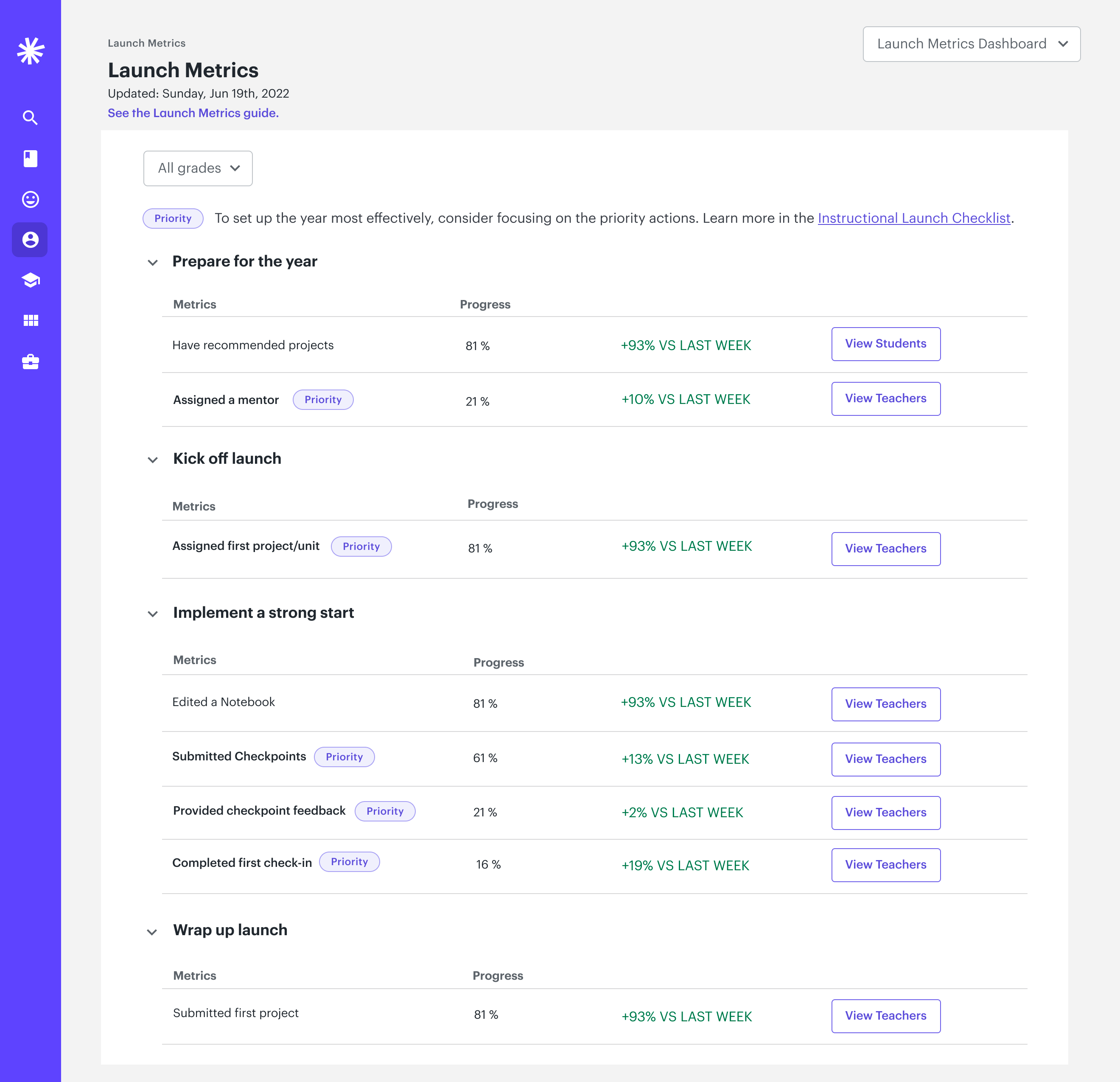The Chan Zuckerberg Initiative (CZI) is committed to leveraging our core principles of collaboration, open science and diversity, equity and inclusion to realize a better future for everyone. We build tools with dedicated technology teams and fund technology development to accelerate progress in education and science. From software development, product design to research analysis, CZI’s “Tech Talks” series features members of our technology teams working to develop tools that drive innovation and create impact.
In this edition, we meet with Warenga Maina, a senior software engineer working on CZI’s tech platform that supports the Summit Learning program, provided to educators by nonprofit partner Gradient Learning. Warenga was born and raised in Kenya and moved to the U.S. two years ago to join CZI as a full-time engineer on the Education team.
Warenga stumbled into the tech industry when her mother enrolled her in a Management Information Systems (MIS) program at a Kenyan University. Warenga initially planned to pursue a science degree in South Africa but after an extremely enjoyable coding course she opted to finish the degree in MIS. However, it wasn’t until a two-week hiring bootcamp in her 4th year of university that she truly embraced the idea of a career in software engineering.
After graduating, Warenga joined Andela, a company that connects talented engineers with companies around the world. At Andela, she worked on internal projects and gained significant knowledge and experience while working on a technology team. Next, she moved on to CZI as a contractor and eventually transitioned into a full-time position.
“I love how complex and engaging software engineering can be, and the ability to solve problems just from my laptop.”
— Warenga Maina
Tell us about the CZI technology you are currently working on?
I am a senior engineer on the School & District Tools scrum team that contributes to the Summit Learning platform. Our team focuses on building data product tools for school leaders and teachers. The tools we build help them understand how their school is performing so they can use this information to make informed decisions. Currently, our main product areas are two dashboards; the School Data Dashboard that is used all year round and our Launch Metric dashboard that is utilized to help schools kick off the academic year.
What problem are you looking to solve?
School leaders often work in complex situations and have sophisticated needs. Our dashboards equip school leaders with the data and tools necessary to apply their expert judgment. We aim to provide them and teachers easy and clear visibility into how well things are happening within their schools and classrooms so that they may be able to make the best decisions for their students.
Do you have any examples or stories that really highlight the problem?
In our interactions with school leaders, we receive sentiments from many that are usually very similar: they are overwhelmed, overbooked, trying to multitask and juggling a lot. Yet at the same time they are trying to figure out the best ways to support every student and teacher. They’re also eager to identify what decisions will lead to not only the best academic outcomes but also the most holistic outcomes. With the dashboards that we build, we hope to make it easier for school leaders to quickly access the data that reveals how well their students are doing, helps them identify problem areas, and provides insights that will make it easier for leaders to make the best decisions that drive better student outcomes.
When you joined the team, where was the technology? And how have you been involved in advancing the technology?
When I joined the team, we only had the first version of our School Data Dashboard. Over the years, our School & District Tools scrum team has launched an improved version of this dashboard and updated metrics, which help give school leaders better visibility into how their students are doing. I also worked on building the MAP (Measure of Academic Progress) and SBAC (Smarter Balanced Assessment Consortium) data dashboards on the platform.
In addition, I built the first version of the Launch Metrics Dashboard, helped build the second version, and assisted in providing teachers access to these dashboards. For the Launch Metrics dashboard, we have different groups of metrics that help the school prepare for the year, such as how many teachers have recommended projects or how many students have been assigned a mentor. We also have metrics that help start the school year, such as how many students have been assigned their first project. Lastly, we have metrics that help schools build momentum through the school year, such as how many students have received feedback or how many have completed their first mentor check in.
Can you tell me a little bit about the technologies used to build the Launch Metrics dashboard on Summit Learning Platform?
The Launch Metrics Dashboard is on the Summit Learning platform. The dashboard itself is built using the same technologies the rest of the platform is built on: React as the frontend language, Ruby on Rails as the backend, and Postgres as our database. However, the Launch Metrics data is pulled from our Snowflake Data Warehouse. We’ve used Airflow to handle data and Python and SQL to write our queries.

As a senior software engineer at CZI, Warenga Maina works on the Summit Learning platform to develop the Launch Metrics Dashboard, which provides school leaders with important data that supports the successful start of their school year.
How are you seeing this dashboard make a difference in education?
Our team conducted a regression analysis to understand the impact of our data tools. We found that dashboard usage positively correlates with the school’s launch progress, primarily when teachers use the dashboard. This means that the more school leaders and teachers view their Launch Metrics data, the more likely they are to make decisions that help them launch their school year faster.
Would you be able to share any examples or stories of the dashboard in action, whether during testing or once live?
We interviewed a group of school leaders and teachers and learned that they use the dashboard in different ways. We’ve heard some are viewing the dashboard at the beginning of the week to create an action plan while others are using the dashboard to identify trends by comparing week-to-week results. We also heard some schools view the dashboard in staff meetings to discuss progress and set goals; while at other schools, teachers use the data on the dashboards to help plan their courses.
We’ve received feedback that the dashboard has given school leaders a birds-eye view of their progress and priorities. It has also been integral in helping them identify which students are behind and, in turn, providing these students with targeted support to bring them up to speed.
How can this technology make a difference 1 year from now, 10 years from now, how about 50-100 years from now?
The short-term outcome of this technology would be to make it easier for educators to access the data they need to make decisions and quantify outcomes. As we continue to equip educators with the right set of tools, we hope these tools will enable educators to make even more sophisticated analysis that provably and measurably improve student outcomes. Above all, we hope to focus on the key steps that lead to the best student outcomes.
The Chan Zuckerberg Initiative is a new kind of philanthropic organization focused on engineering change at scale. Interested in joining our education technology team to support the development of software and our strategic partners that are developing tools to accelerate progress in education? Explore CZI career opportunities now.

